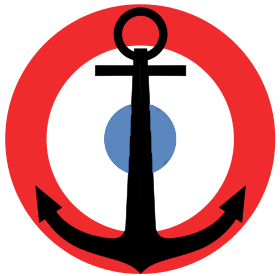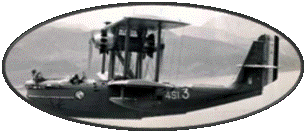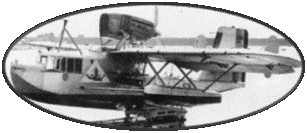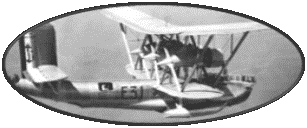On March 30, 1912, the Navy
launched a program of construction of heavily armed and modern battleships
in relation to the ships in service of the Courbet class. The main
armament retained is composed of 340mm guns. to align with the latest
English or German battleships. The length of these new buildings,
166m, is dictated by the length of the docks of shipbuilding yards.
The order for the battleship Lorraine was passed on July 15, 1912:
the ship, manufactured by "Chantiers de Saint-Nazaire",
was launched on September 30, 1913 and returned to service in March
1916.
During the first conflict,
the battleship Lorraine is assigned to the surveillance of the southern
coast of the Mediterranean, but the lack of coal will often block
ships at the port and the missions were not very numerous. At the
Armistice, Lorraine joins the port of Toulon.
During the interwar period,
the ship underwent several rebuildings, in 1921, 1924, 1929 and
finally 1934. It's during this last modernization, that the double
turret of 340mm in central position of the ship, is replaced by
a catapult and an aviation hangar that can accommodate 3 seaplanes.
After this work, Lorraine was posted to the Atlantic Wing.
At the outbreak of hostilities
in 1939, the battleship joined the Mediterranean to track down German
ships. However, he will carry out a special mission by escorting
the gold bullion of the Bank of France to Bermuda to put them safe.
After the declaration of
war of the Italians, on June 10, 1940, Lorraine will participate
in bombings of the Italian coast.
The Armisitice having been
signed by the French, the British, anxious not to see the French
Fleet fall into the hands of the Germans, get their hands on the
French ships whenever possible, or destroyed, as at the event tragic
Mers-el-Kebir in July 1940. Lorraine, meanwhile, will be seized
on July 4 and disarmed in the port of Alexandria. The French agree
to empty the tanks of oil and neutralize the Armament, whereby the
English leave the ships under the French command and repatriate
the crew members who wish. In December 1942, Lorraine joined the
Free French forces, and after rehabilitation, will resume the fight
from July 1943
A time used as a school ship
in Dakar, it is then modified in Oran for future landing operations
in the south of France. Thus, the catapult is deposited, and the
anti-aircraft armament is considerably reinforced. On August 15,
1944, the landing operations begin, and Lorraine bombs the German
fortifications near Toulon, on the almost-island of Saint-Mandrier.
The Battleship will be sent at the end of the year to Portsmouth,
then to Cherbourg for revision. He will then join Royan to support
the Allied troops, bombarding the German fortress of Giron, during
the attack on the pocket of Royan. Lorraine, after a passage in
Brest, will end the War in the port of Toulon.
After the Armistice, the
Battleship Lorraine serves as a school ship for artillery. He will
be disarmed in February 1953 and sold in December of the same year.
It will be demolished from 1954









